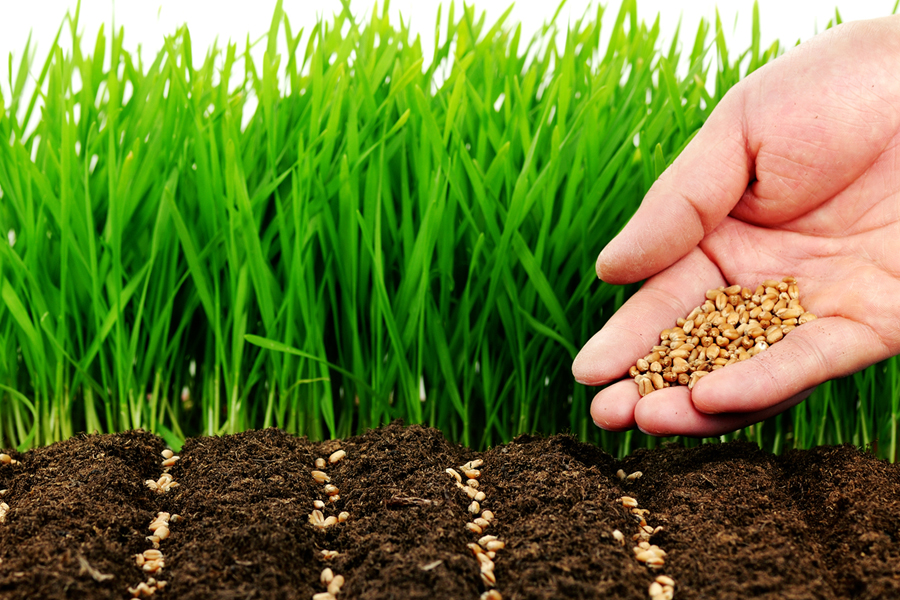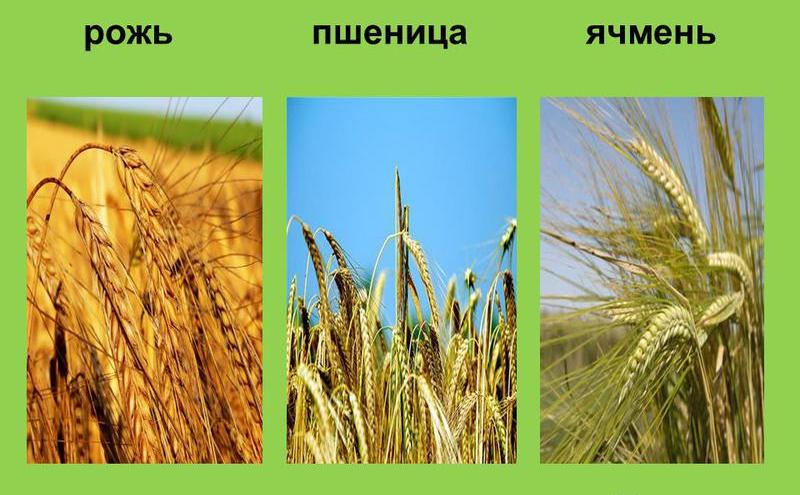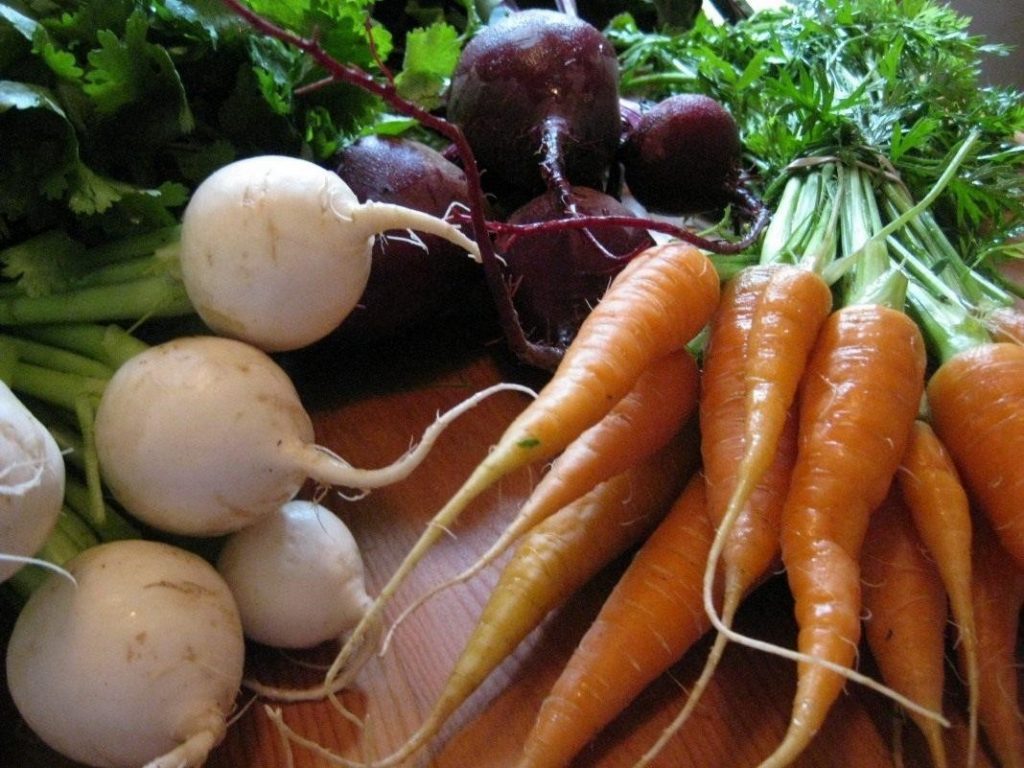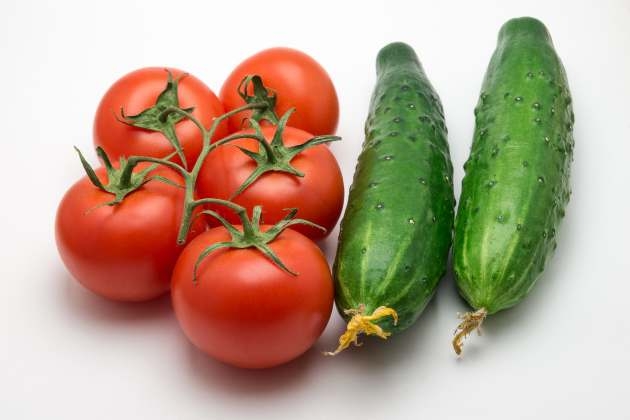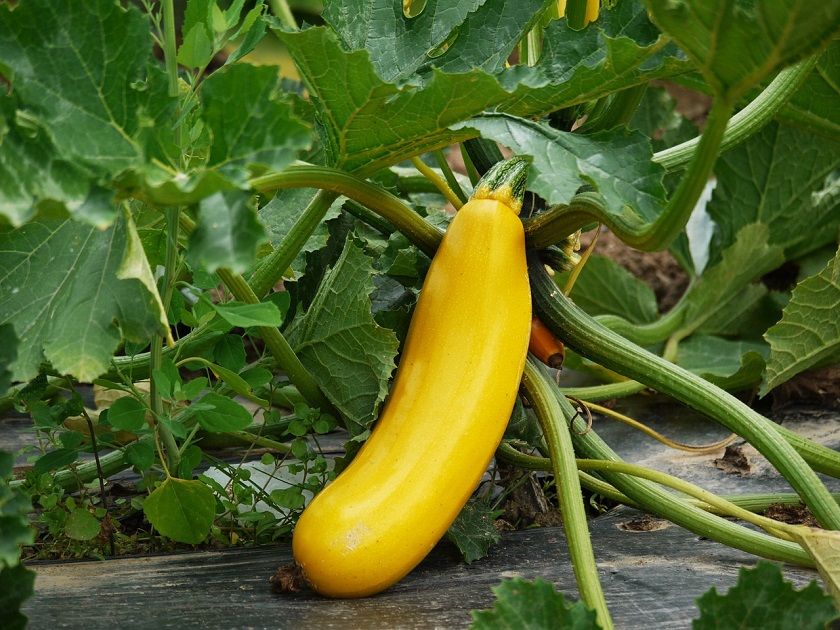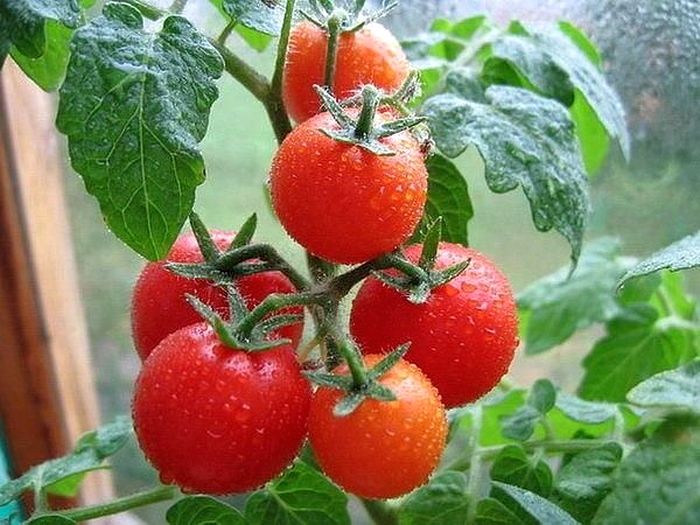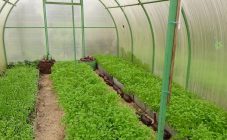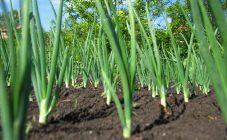Content:
Gardeners, who have considerable experience in cultivating soil and growing crops, know from their own experience that it is necessary to carry out a seeding change. This process is necessary because no matter what kind of crop is grown on the site, it does not need to be planted year after year in the same area. Without changing the planting site, the yield will not be expected. In this case, neither proper crop care nor fertilization will help. The soil is overworked. So what to plant after the onion next year?
Soil condition after onions
Everyone knows that a complex of certain minerals is needed for good crop growth. The bow is no exception. If it is re-planted in one area for several years, then the soil will lose a large amount of minerals, and, accordingly, the plant will not grow large and healthy.
There is another reason why planting onions in the same place is impossible - these are pests and their larvae that remain in the soil and live there and wait for food. The same is the case with diseases, the causative agents of which do not disappear anywhere. For example, you can cite late blight, which affects some vegetables. Its bacteria are in the soil for a long time and can infect any plant that is sensitive to it.
The selection of a follower that can be planted after the onion is a very important stage in gardening. A suitable changer will give the soil an opportunity to rest and accumulate the minerals that have been used up. In the process of selecting a "replacement", it is necessary to take into account which minerals will help the plant grow and develop. They should be different and be on a different soil level from the previous ones. To make it easier to coordinate the sowing process, it is recommended to start a notebook where the seeding shift of previous years will be kept.
When choosing vegetables that can be planted after onions, and other plants, the following rules must be observed:
- Plants belonging to the same species should not be planted nearby, otherwise the plants may be damaged by both bacteria and insects in the soil;
- It is necessary to refrain from sowing early ripening vegetables after varieties of late ripening. Depleted soil does not have the ability to accumulate useful substances;
- It is not recommended to sow plants in the same area that need the same minerals to grow;
- Having collected vegetables of one culture, you need to immediately sow the seeds of a plant that can restore the mineral balance of the soil.
How onions affect culture
The onion root system is located very close to the soil surface. For this reason, it is recommended to plant vegetables with significantly deep roots after it. For example, you cannot plant garlic after onions, since both of these crops belong to the same species. Their roots have the same structure. For this reason, the soil is depleted at one level.Therefore, after the onion, you need to plant those plants whose roots go deep into the soil.
In addition, do not forget about the pests and diseases that affect both of these plants. If the onion on the site was sick with a nematode, then before sowing another plant, you need to disinfect the site, and then plant a vegetable with immunity to a similar disease.
What crops can be planted after onions
When choosing what can be planted in the garden after the onion, take into account the remainder of the mineral fertilizers that were not used last season. In addition, the soil is slightly alkaline, therefore vegetables are selected for which such conditions will be ideal. These include:
- Strawberry. This plant will feel comfortable in the garden after onions. In addition, substances that can disinfect the soil remain in the soil. Thus, strawberries will grow healthy and produce a good harvest;
- Beets and carrots. They will grow well in the area where the onion grew. Root crops will grow large if tomato, spinach, peas become their neighbors;
- Tomatoes and cucumbers. These plants will bear a large amount of fruit, which will delight the gardener. In addition, these cultures do not oppose other predecessors. The only thing that needs to be done is to heal the soil before planting;
- Cabbage and pumpkin. These crops will give quick shoots and begin to actively develop in the garden where the onion grew. In addition, these plants will not need additional harvest, since the fertilizers that were applied under the onions will be enough for them.
If the question arises of what to plant in place of an onion that belongs to the early varieties, then in this case, you need to choose early crops for replacement. It can be:
- peas;
- black Eyed Peas;
- early variety of carrots;
- early varieties of beets;
- radish;
- ultra-ripe cabbage.
These crops will delight the gardener with generous harvests at the end of September. In August, as soon as the onions are harvested, you can sow herbs or radishes. Their seeds will sprout quickly and begin to grow and develop. By October, a new set of fresh juicy vegetables with a full set of vitamins and minerals so necessary for the human body will appear on the table.
Sevosmena for onions
For the spring crop rotation, you also need to know, after which you can plant onions in the spring. Indeed, in order for him to give a good harvest, he needs to create comfortable conditions. Before planting this plant, consider the fact that the onion must be grown on the sunny side of the site. In addition, it requires minerals such as phosphorus and magnesium to grow. These substances are stored in the ground after crops such as:
- cabbage;
- pumpkin;
- peas;
- tomatoes;
- zucchini;
- squash;
- potatoes;
- eggplant;
- spinach;
- celery;
- salad;
- siderates.
This is due to the fact that when growing all these crops, mineral fertilizers are applied to the soil, which will not be consumed during the growth process. Therefore, onions receive all the necessary trace elements that it needs for growth. Experts have created a table in which they indicated in different colors what when and after which it is necessary to sow in open ground.
Experienced experts give their recommendations, after which it is better to plant onions. After conducting a series of experiments, they came to the conclusion that this crop yields excellent crops if the predecessors were legumes, cereals or herbs, vegetables for which fertilizers are applied, such as potatoes or cabbage.
Plus, the benefits of crops are twofold. First of all, they saturate the soil with the necessary minerals, and secondly, they act as allelopaths. That is, when growing cereals on the site, the amount of weed grasses is significantly reduced. Barley and rye are not suitable for soil regeneration for onion plants.
Good neighbors
If the plot in the country is small, but you want to plant different vegetables, combined plantings are used. Thus, the summer resident does not leave a single piece of land empty. In this case, it is possible to harvest several crops with one hundredth. In this case, you must follow all the recommendations of specialists. Most often, gardeners combine crops such as onions, radishes, parsley and carrots.
They do it as follows. Onion sets should be planted in the garden, but the distance between the bulbs should be at least ten centimeters. Radish is sown between them. Then, carrots and parsley can be sown in the aisles. According to the timing of collection, each plant has additional time for growth and development. First of all, radishes are removed from the garden, after which the turn of onions comes. And when carrots and parsley remain in the garden, they have enough room for growth and development.
What vegetables can not be planted after onions
In fact, there is no prohibition on what will be planted after the onion next year. Moreover, if you correctly apply fertilizers, then you can alternate any crops. There is only one vegetable that cannot be grown and that is garlic. Since it belongs to the Onion family and is capable of undergoing the same diseases as its predecessor. Thus, instead of growing a good harvest, the gardener may be left without this spice.
In addition, as mentioned earlier, both of these crops have the same root system and are found in the upper soil layers. Thus, both plants need the same minerals for nutrition, located at the same soil level. Also, you can not plant vegetables on the onion site, such as:
- physalis;
- pepper.
The roots of these plants also do not go deep into the soil, but are flush with the roots of the onion.
It is very simple to decide what can be sown after onions, the main thing is to know all the features of growing a crop. If you adhere to all the recommendations and advice of experts, then every year you can enjoy good harvests.
